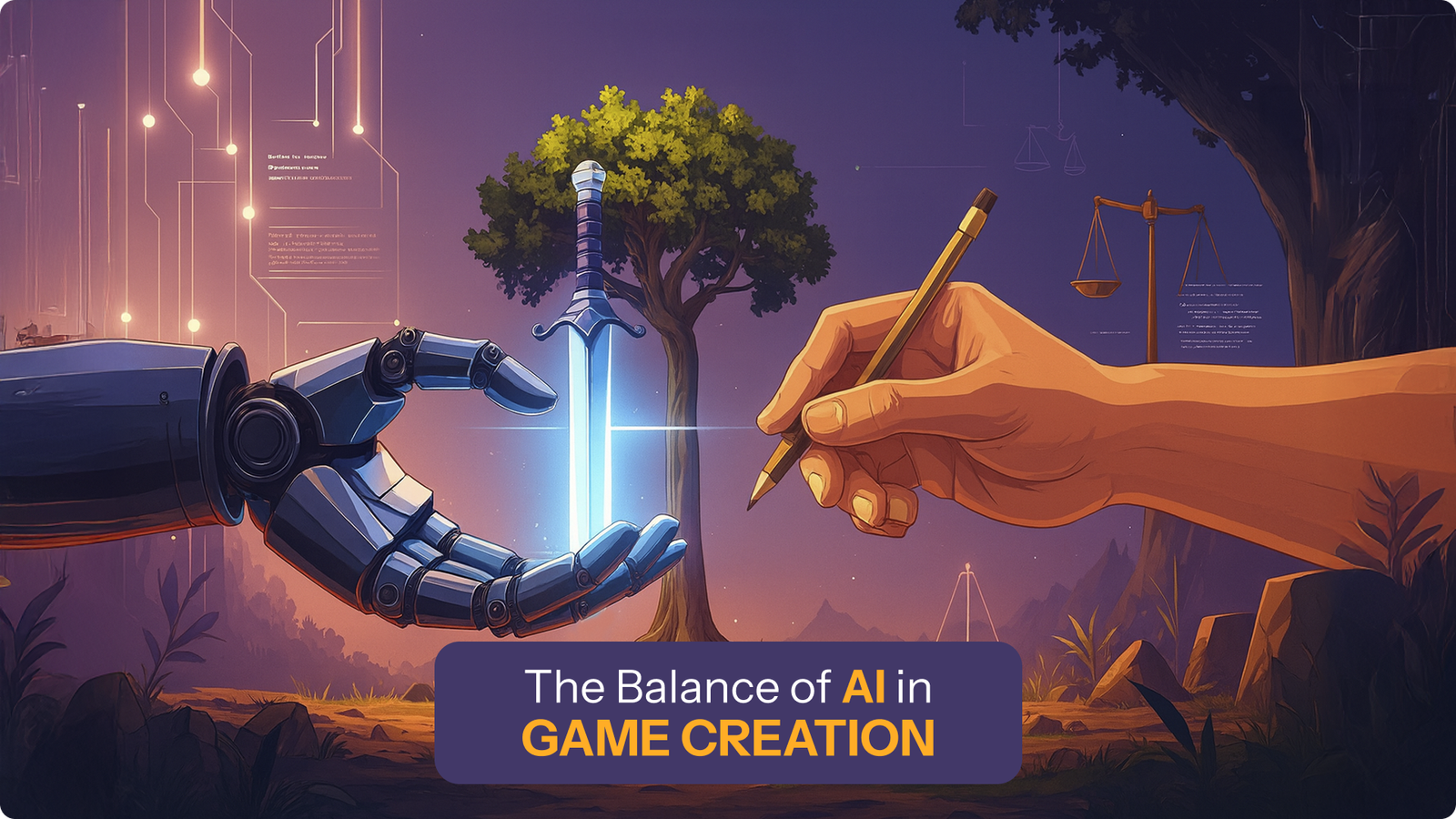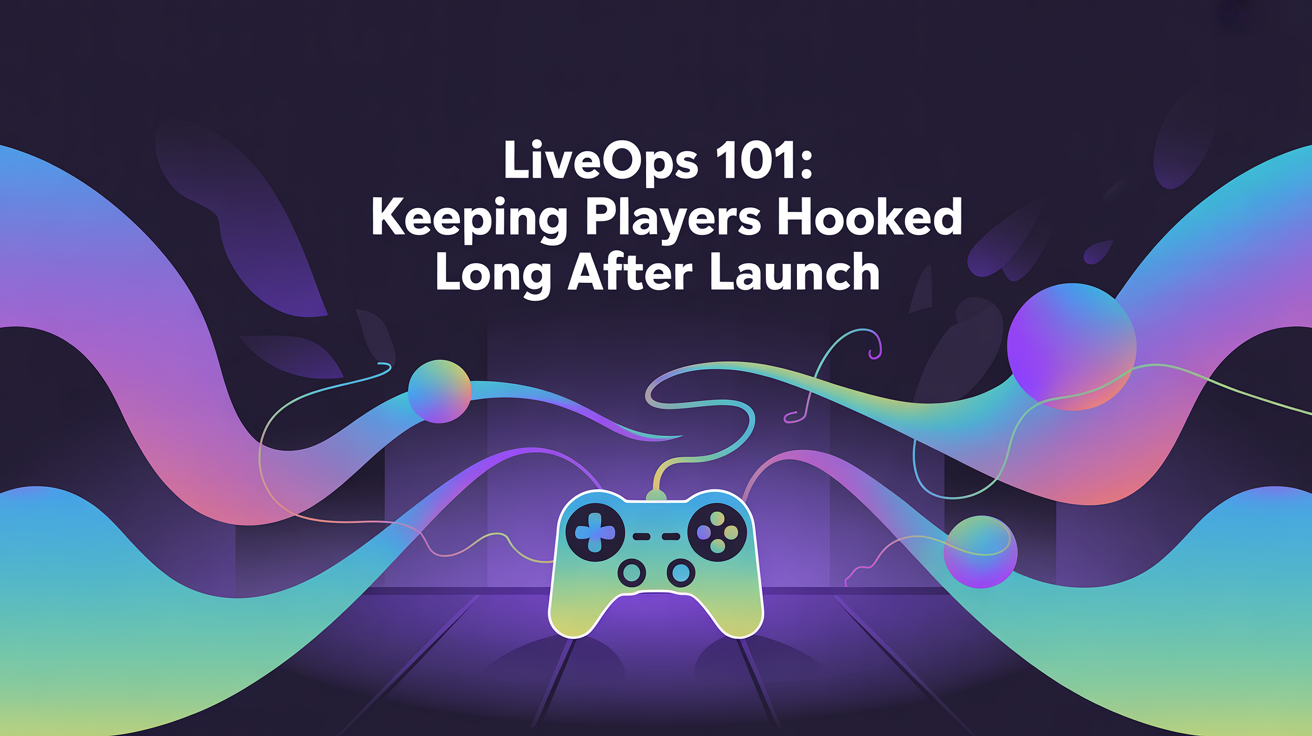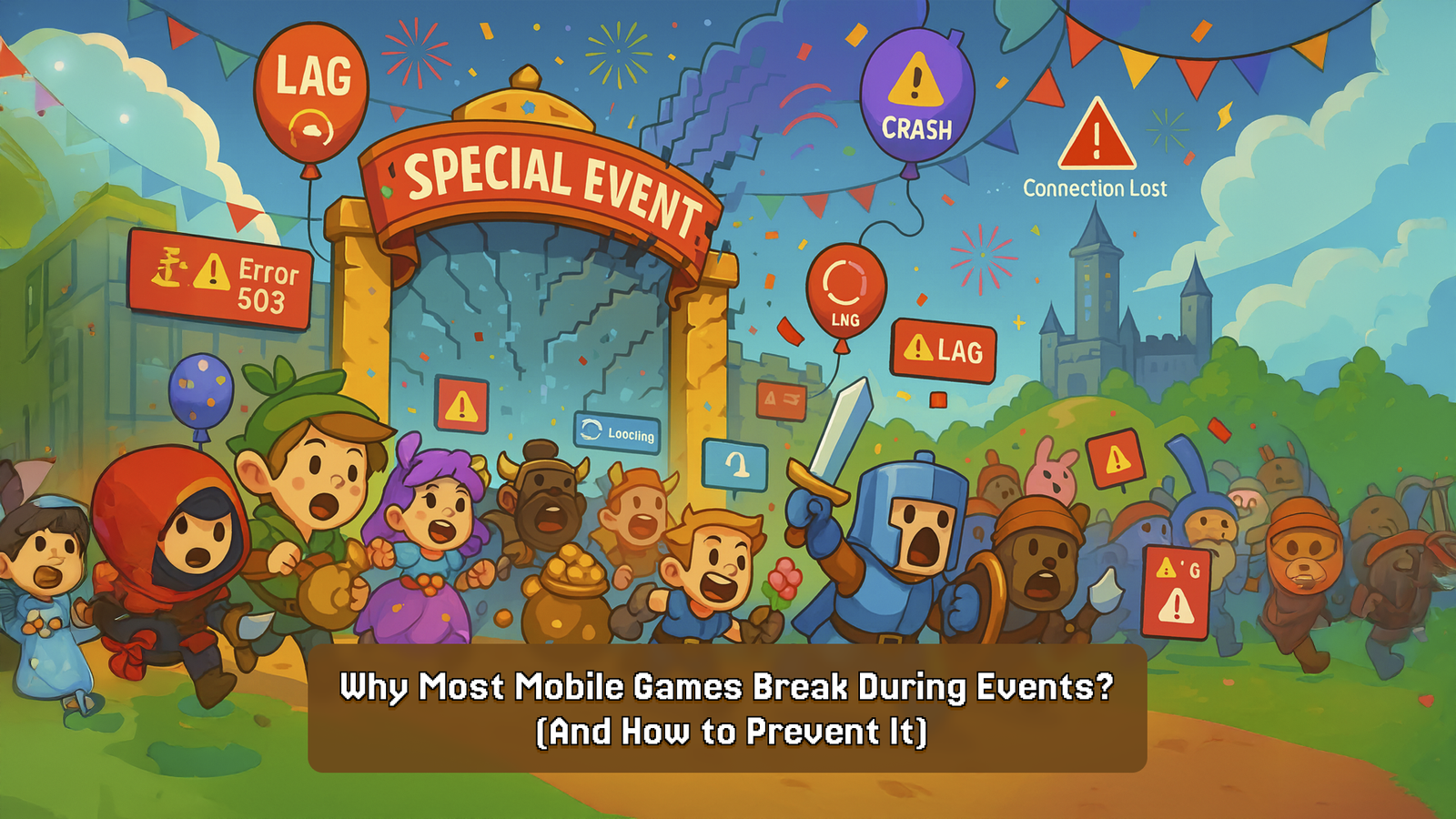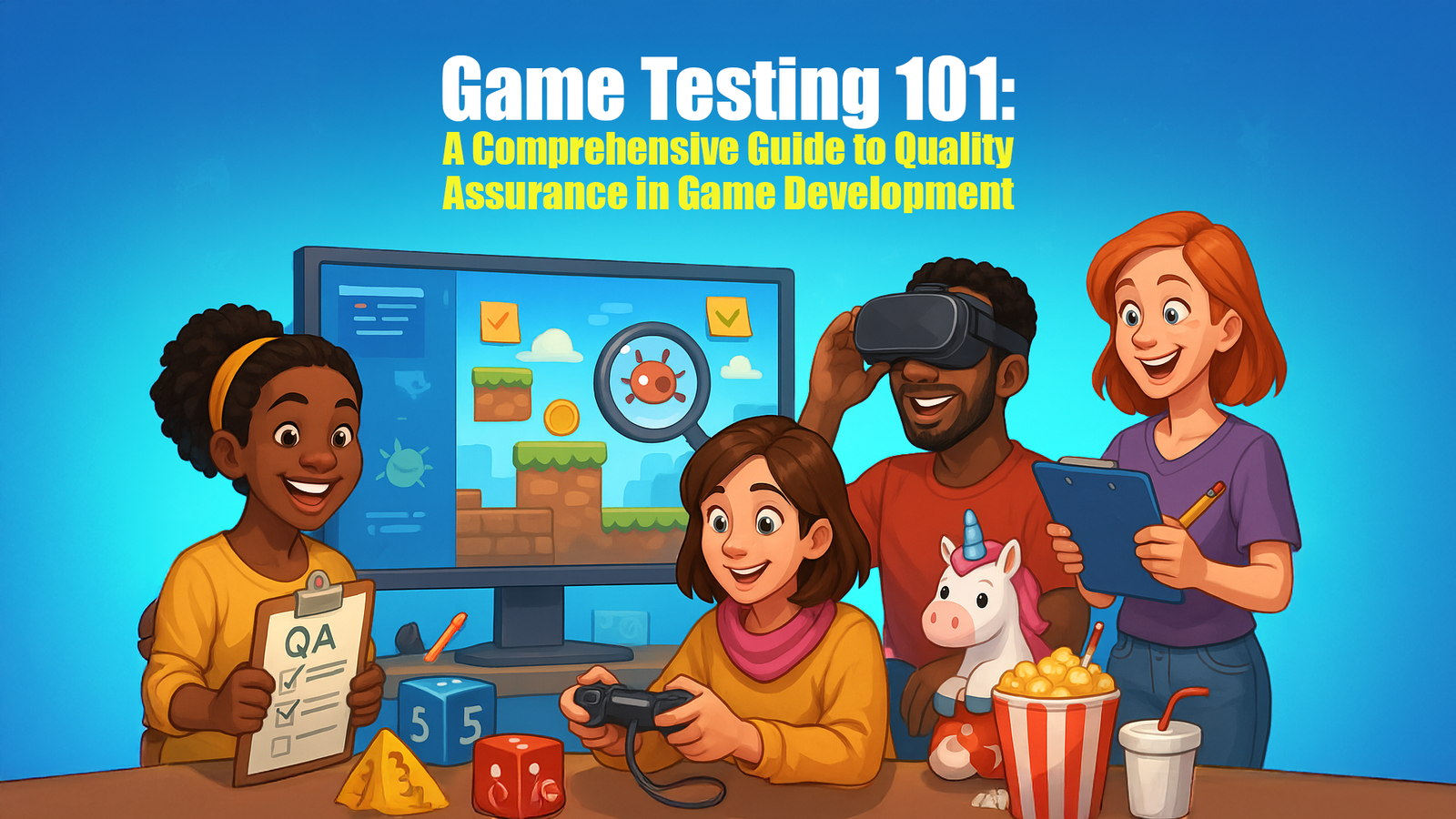Game Art vs. Game Design: Understanding Their Roles in Game Development
Game Art vs. Game Design: Understanding Their Roles in Game Development

Contents
Ever wondered what makes a video game truly captivating?
In fact, it’s a combination of art and design that achieves a perfect balance between incredible visuals and compelling gameplay.
Therefore, this mix of visuals and mechanics works seamlessly, making it worth exploring game art and game design to see how they collaborate to create immersive gaming experiences.
What is Game Art?
Similarly, to bring a game world to life, game art involves creating visual elements ranging from initial sketches to detailed 2D or 3D animations.
In addition, by following the designer’s brief, which outlines the mood, look, and feel, game artists create characters, environments, and objects that fully immerse players in the experience.
Roles and Responsibilities of a Game Artist
Game artists use their craft to tell the game’s story through visual language; in particular, your role includes:
- Mastering Drawing and Composition: Game artists need a strong foundation in drawing and composition to create visuals that fit different genres and game styles.
- Proficiency in Software Tools: Artists must have expertise in tools like Adobe Photoshop, Maya, 3ds Max, and ZBrush are essential for creating high-quality 2D and 3D art.
- Creativity and Idea Generation: Artists must quickly generate innovative ideas while aligning with the game’s style and vision.
- Industry Knowledge: A deep understanding of gameplay mechanics and familiarity with various games enable artists to design relevant and engaging visuals.
- Collaboration and Communication: Working in teams with other specialists, game artists must be
Knowing what game art is, we can now explore its various types.
Types of Game Art
Game art comes in various forms, which vary depending on the style and platform of your game; in addition, each type plays a critical role in crafting the final product.
- 2D Art
This includes flat illustrations like sprites (characters and objects) and backgrounds, allowing designers to craft clear and simple visuals for players. Think of classic platformers or mobile games, which often use charming, hand-drawn visuals to engage players.
Some common types of 2D Art Styles include:
- Flat: Flat art focuses on clean lines and minimalism while maintaining a visually engaging look. For example, Monument Valley
- Vector: Vector art uses sharp, scalable images created through mathematical precision. For example, Asteroids and The Banner Saga offer versatility and crisp visuals.
- Geometric Art: This style uses geometric shapes to create unique visuals and gameplay experiences. Games like Thomas Was Alone highlight the simplicity and sophistication of geometric compositions.
- Pixel Art: Pixel art is synonymous with retro gaming, evoking nostalgia with its blocky, colorful graphics. Games like Hotline Miami and Stardew Valley capture the essence of this beloved art style.
- Cartoon: Cartoon art is playful and vibrant, with exaggerated characters and bold colors. Team Fortress 2 is a prime example of this entertaining style.
- Cel Shading: Cel shading offers a comic book-like appearance with flat colors and bold outlines. Games like The Legend of Zelda: The Wind Waker use this art style.
- Monochromatic: Monochromatic art uses a single base color with varying shades to craft striking visuals. Games like Limbo and Inside use this style to create immersive atmospheres.
These 2D art styles showcase the diversity and creativity that 2D game design can bring to life; consequently, they are a cornerstone of game development.
- 3D Art
3D art is used in most modern games, enabling developers to create more detailed and realistic environments; moreover, it allows you to create lifelike characters and objects.
Some common types of 3D art styles, which differ based on realism and artistic approach, are as follows:
- Realism: Realism focuses on creating lifelike visuals that closely mirror reality. It’s a favorite in AAA games, where stunning graphics blur the line between gaming and real life. Popular examples are Red Dead Redemption 2 and Uncharted 4: A Thief’s End.
- Fantasy Realism: This style blends realism with fantasy elements, producing visuals that look real but are impossible in real life. Games like The Elder Scrolls V: Skyrim, Cyberpunk 2077, and The Witcher 3: Wild Hunt are some popular examples of this genre.
- Hand-Painted
Hand-painted art styles mimic traditional paintings, using vibrant colors, brushstroke-like textures, and imaginative landscapes. Games like 11-11: Memories Retold make players feel like they’re stepping into a living oil painting, creating a unique and artistic experience.
These 3D art styles showcase the versatility and creativity of modern game design, each offering its own way of drawing players into unforgettable gaming worlds.
Now that you’ve learned about game art, next, let’s shift gears to explore game design, which in turn determines how your game works and feels.
What is Game Design?
If game art is about what your players see, game design is about what they do. It’s the process of planning how the game will function, ensuring it’s fun, engaging, and challenging.
Game design transforms your ideas into gameplay, therefore allowing players to interact with your world in meaningful ways. It’s where you decide how players interact with your world, what challenges they’ll face, and how to overcome them. Let’s break down what game designers do.
Roles and Responsibilities of a Game Designer
Game designers are the ones who shape gaming experiences; specifically, their responsibilities include:
- Game Mechanics: Describe how characters, enemies, or the player evolve in terms of their movements or interactions.
- Level Design: Make sure the puzzle stages or environment will ensure engagement for any player.
- Storytelling: The narrative is built upon character development and dialogue flow.
- Prototyping: Testing initial ideas to gauge which parts or pieces of that concept will do the trick to ensure that ideas make the necessary changes.
- Balancing: You will make the game challenging enough but not too frustrating, therefore keeping the gamers hooked.
Now that you know what game design involves, let’s dive into its different types.
Types of Game Design
Game design has many layers; therefore, each is critical to your project’s success. Here are the key types:
- System Design
This involves creating systems like combat mechanics, crafting, or skill trees. It’s about how everything interacts.
- Level Design
This focuses on building levels or stages with obstacles, puzzles, and rewards to guide players through the game.
- Narrative Design
You’ll shape the story and how it unfolds, creating memorable characters and compelling plots.
- UX Design
This ensures the game is easy to navigate and enjoyable to play, with intuitive menus and controls.
With game art and design defined, as a next step, let’s compare the two to clarify their unique roles and how they complement each other.
Game Art vs. Game Design: Key Differences
Although game art and design share the same goal of creating an engaging experience, they focus on different aspects. Here’s how they differ:
| Aspect | Game Art | Game Design |
| Focus | Focuses on Visual elements and aesthetics | Focuses on Mechanics, systems, and player interaction |
| Core Responsibility | Creating images, models, textures, and animations | Crafting gameplay mechanics, levels, and story |
| Skills Required | Artistic and creative skills, technical software | Analytical and creative skills, knowledge of game mechanics |
| End Goal | Enhance the player’s visual experience | Create a fun, engaging, and challenging gameplay experience |
Understanding the differences is essential; additionally, these two fields often overlap, which leads us to the next section on where they intersect.
The Intersection of Game Art and Game Design
Although game art and game design might seem separate, in fact, they are deeply connected, so their collaboration directly impacts a game’s success.
For example, as a designer, you might create a challenging puzzle, which then requires the artist to ensure it looks visually appealing. The artist’s job is to ensure it looks visually appealing and fits the game’s theme. Similarly, an artist might craft a stunning character, but it’s up to the designer to ensure the character’s movements and abilities enhance gameplay.
To understand this better, for instance, let’s look at some real-world examples where art and design come together beautifully.
Real-World Examples of Game Art and Design Integration
Art and design are the heart of every successful game, working together to engage and captivate players; similarly, they create immersive worlds and experiences that players love. Here are some examples of games where art and design complement each other.
- Town Jewel 2 features a fun match-3 puzzle with colorful, eye-catching visuals and intuitive controls that enhance the puzzle-solving experience. Rescue adorable pets and explore over 2000+ exciting levels as you embark on this engaging journey
- Last Stand: Join forces to defend your clan and beautiful homeland. Set in the medieval art style of castles, troops, and mages, move through the levels as you make strategic choices to defend towers.
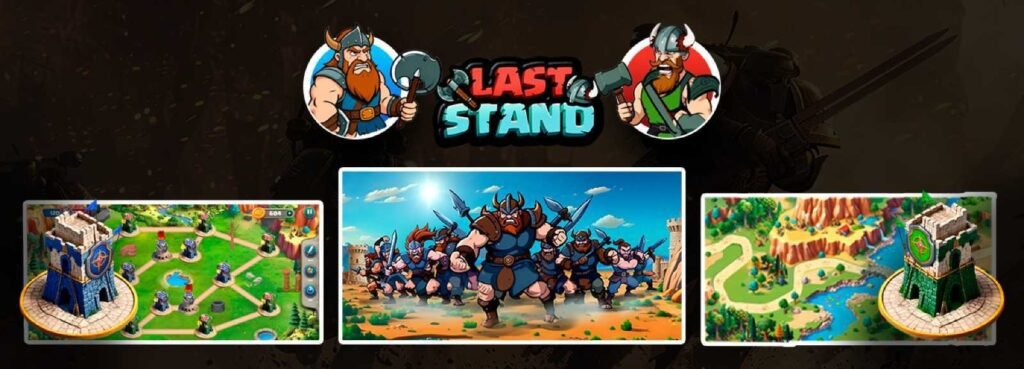
- Koko Kinder offers a fresh approach to early childhood education. Its bright and playful art style complements a variety of engaging game types designed to make learning fun and interactive for kids.
It’s inspiring to see art and design come together seamlessly but how can you achieve this for your project? That’s where Xpress Gaming comes in.
How Xpress Gaming Deploys Game Art and Game Design
At Xpress Gaming, we know that exceptional games require the perfect balance of art and design. Here’s how we bring your vision to life; moreover, our process ensures every detail aligns with your goals:
- Collaborative Workflow: Our artists and designers work together, ensuring visuals and gameplay align seamlessly.
- Custom Solutions: We tailor our approach to match your vision, making your game unique and engaging.
- Seamless Integration: Our team ensures that every visual detail enhances the gameplay, creating a cohesive and polished experience.
With Xpress Gaming, you can rest assured that your game will not only look incredible but also provide an unforgettable experience.
Conclusion
Game art and game design are the backbone of any great game; as a result, they determine both visual appeal and player engagement. One creates the visuals that captivate players, while the other ensures the gameplay keeps them engaged.
At Xpress Gaming, we understand the importance of blending both seamlessly to deliver top-notch results.
Whether you’re a game publisher, developer, or a company looking to gamify your product, we’re here to help.
Let’s work together to create something extraordinary.
What can we do for your game?
Discover the Xpress Gaming difference.
Client Testimonials Blog ID - 15602
At Kuriosity QA, we are committed to providing the highest quality gaming QA services to our clients in the gaming industry. Here’s what some of our satisfied clients have to say about working with us:
